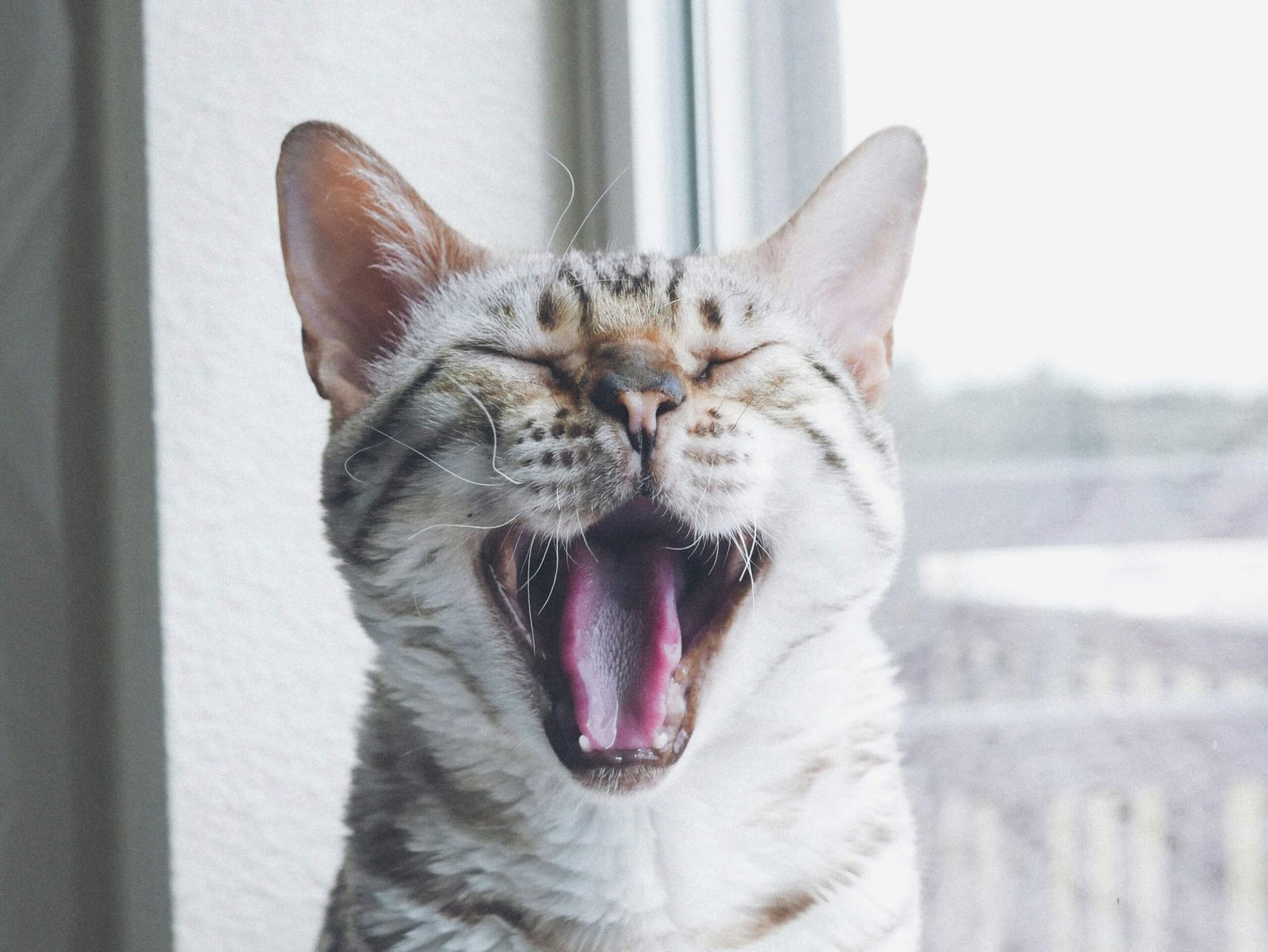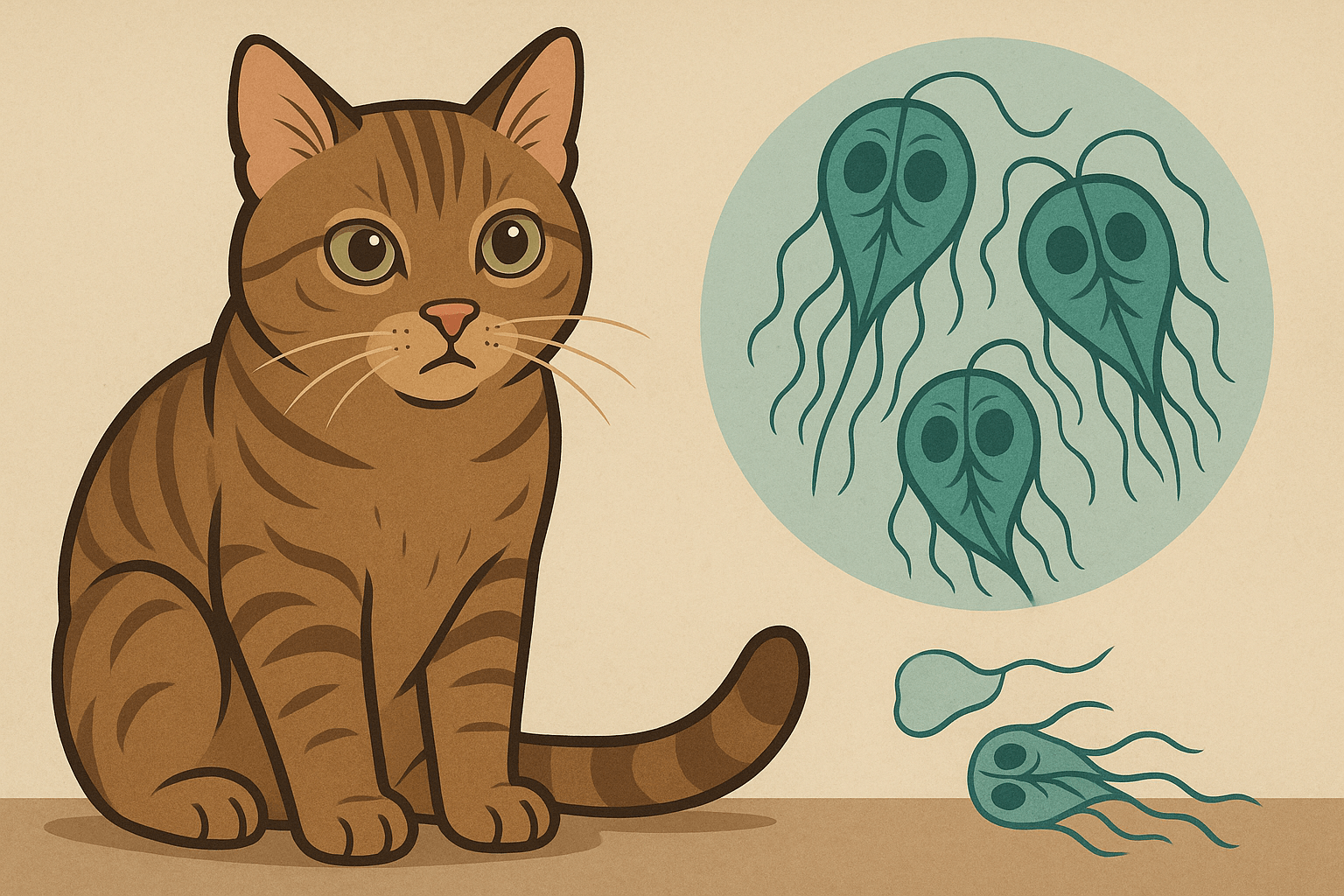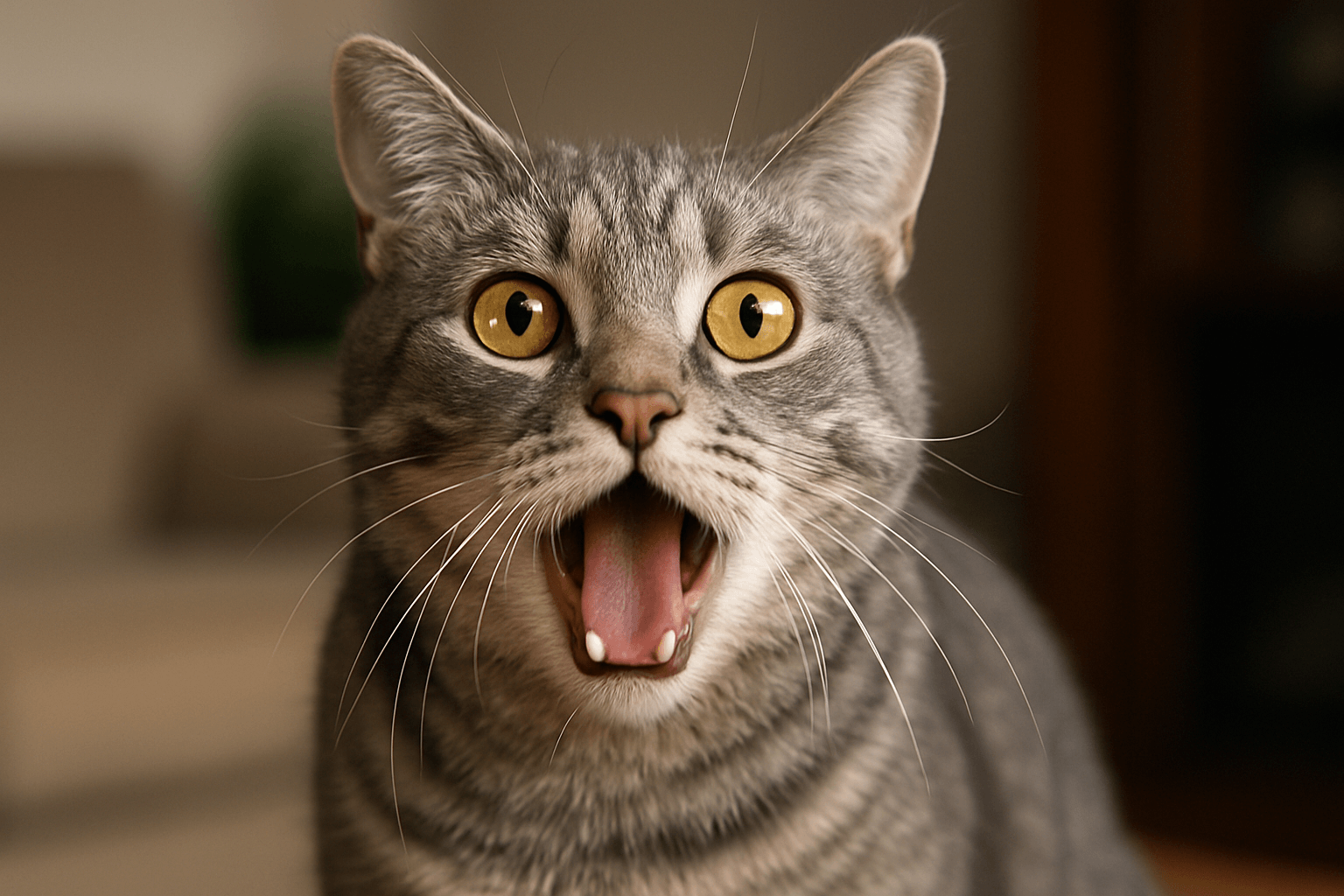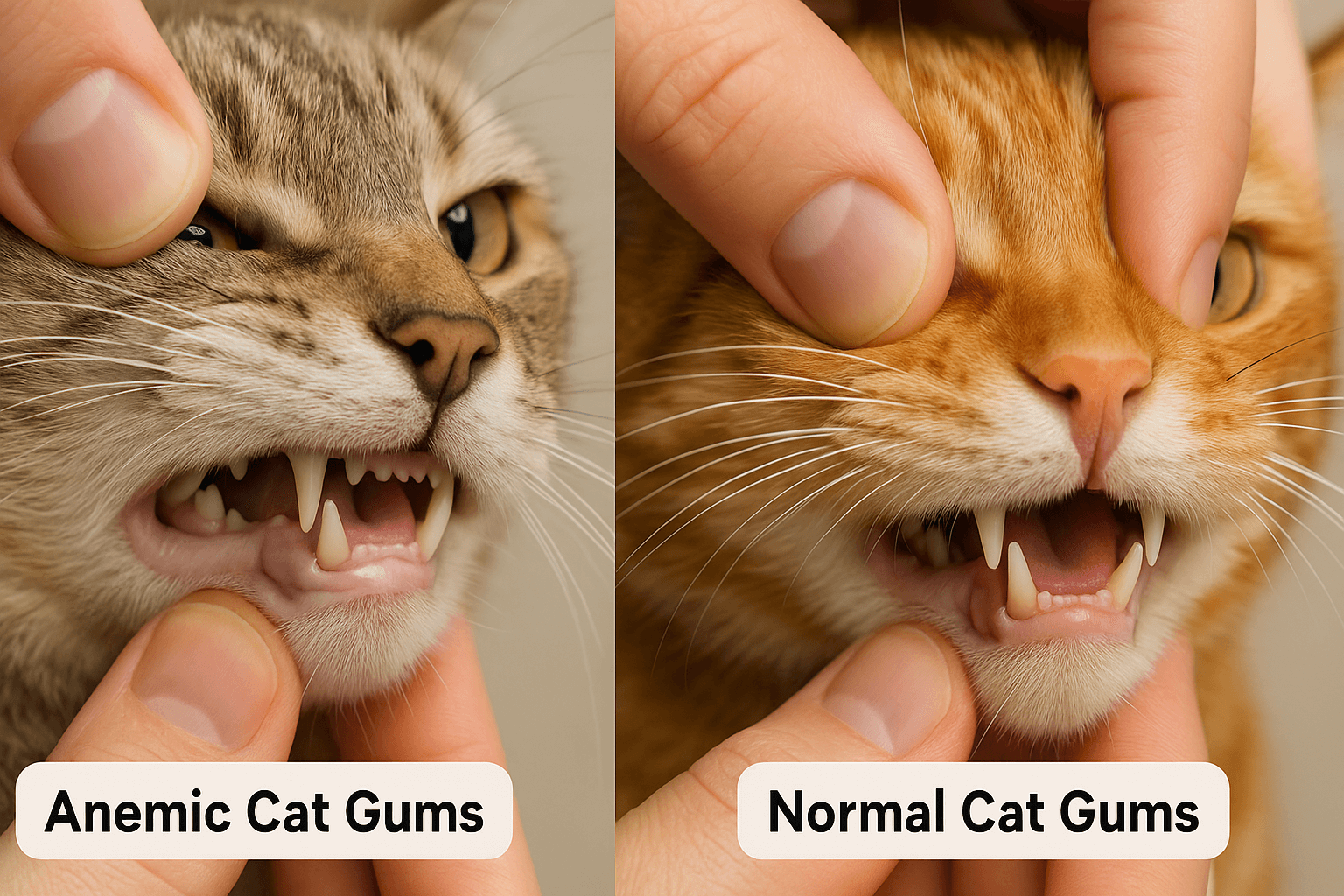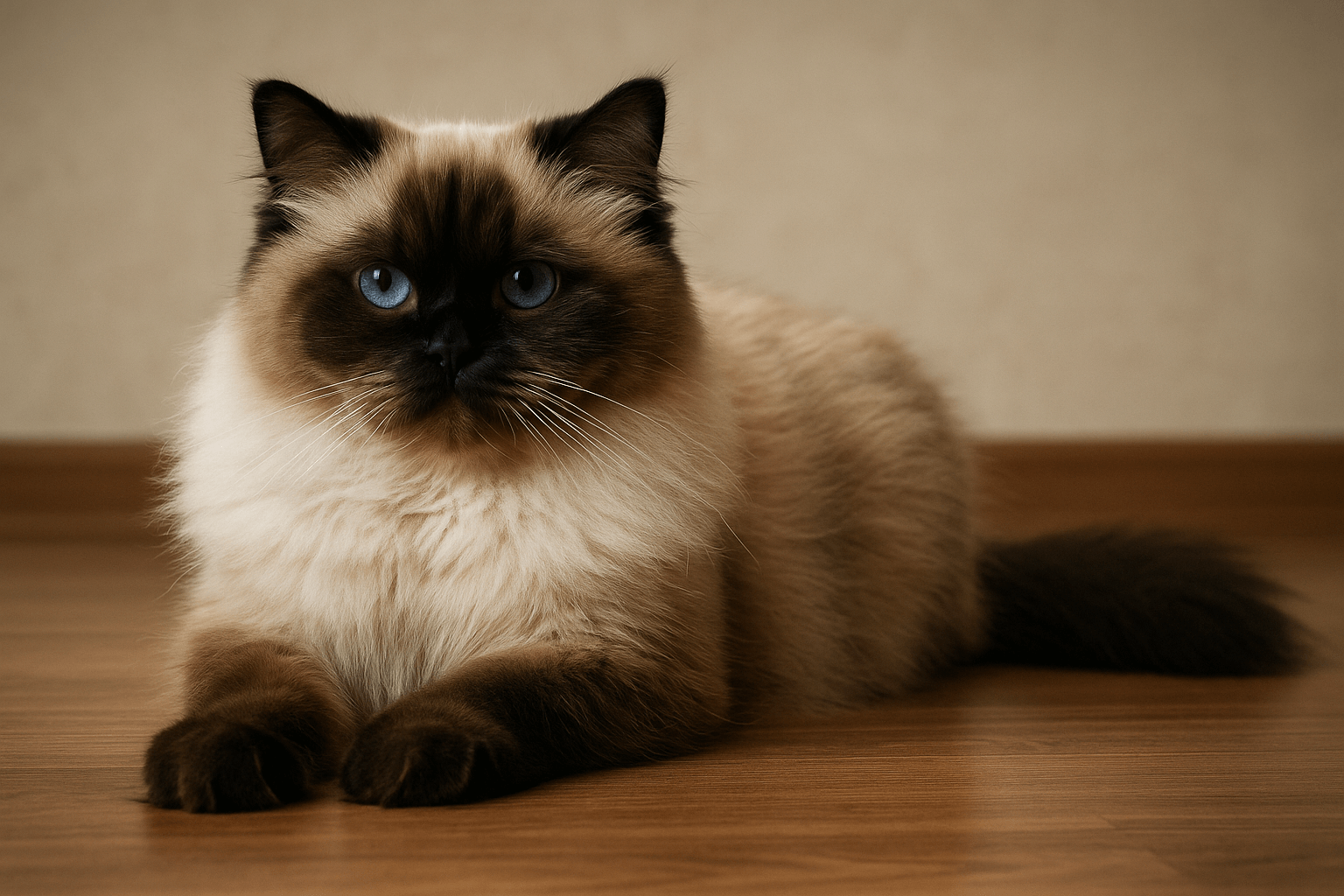Healthy Cat Gums: The Key to Your Feline’s Well-Being
When it comes to your cat’s health, their gums are often overlooked, yet they play a crucial role in their overall well-being. Healthy cat gums are not only a sign of good oral hygiene but also an indicator of systemic health. Changes in gum color, texture, or condition can signal underlying issues that require attention. In this blog post, we’ll explore everything you need to know about maintaining healthy cat gums, from recognizing signs of trouble to implementing preventive care. By understanding what healthy gums look like and how to care for them, you can ensure your feline friend stays happy and healthy for years to come.
Signs of Healthy Cat Gums: What to Look For
Understanding the characteristics of healthy cat gums is essential for monitoring your pet’s oral and overall health. Here are the key indicators of healthy gums in cats:
Pink Color
Healthy cat gums should have a consistent light pink hue, indicating good blood flow and oxygenation.Moist Texture
Gums should feel slightly moist to the touch, as dryness can indicate dehydration or other health concerns.Smooth Surface
The surface of the gums should be smooth and free of bumps, sores, or irregularities.No Bad Breath
While cats aren’t known for minty-fresh breath, excessively foul odors can signal gum disease or infection.Quick Capillary Refill Time
Press gently on the gums; they should return to their normal pink color within 1-2 seconds, indicating proper circulation.
By regularly checking these signs, you can quickly identify any deviations and address potential issues before they escalate.
Common Signs of Unhealthy Cat Gums
Unhealthy gums can reveal a range of health problems, from dental disease to systemic illnesses. Recognizing these warning signs early can help you seek timely veterinary care. Here’s what to watch out for:
Red or Swollen Gums
Inflammation or redness may indicate gingivitis or periodontal disease, often caused by plaque buildup.Pale Gums
Pale or white gums can signal anemia, poor circulation, or other serious conditions.Yellow or Brown Discoloration
This may suggest jaundice, liver issues, or the presence of tartar and plaque.Bleeding Gums
Spontaneous bleeding or blood during brushing indicates advanced gum disease or trauma.Ulcers or Lesions
Open sores or abnormal growths on the gums can point to infections, ulcers, or even oral cancer.
If you notice any of these symptoms, consult your veterinarian promptly to determine the underlying cause and begin treatment.
Check this guide 👉How Many Teeth Do Cats Have? Best 7 Dental Tips!
Check this guide 👉Why Does My Cat Drool So Much? Best 7 Expert Tips!
Check this guide 👉Cat Mouth Anatomy: Best 7 Expert Tips!
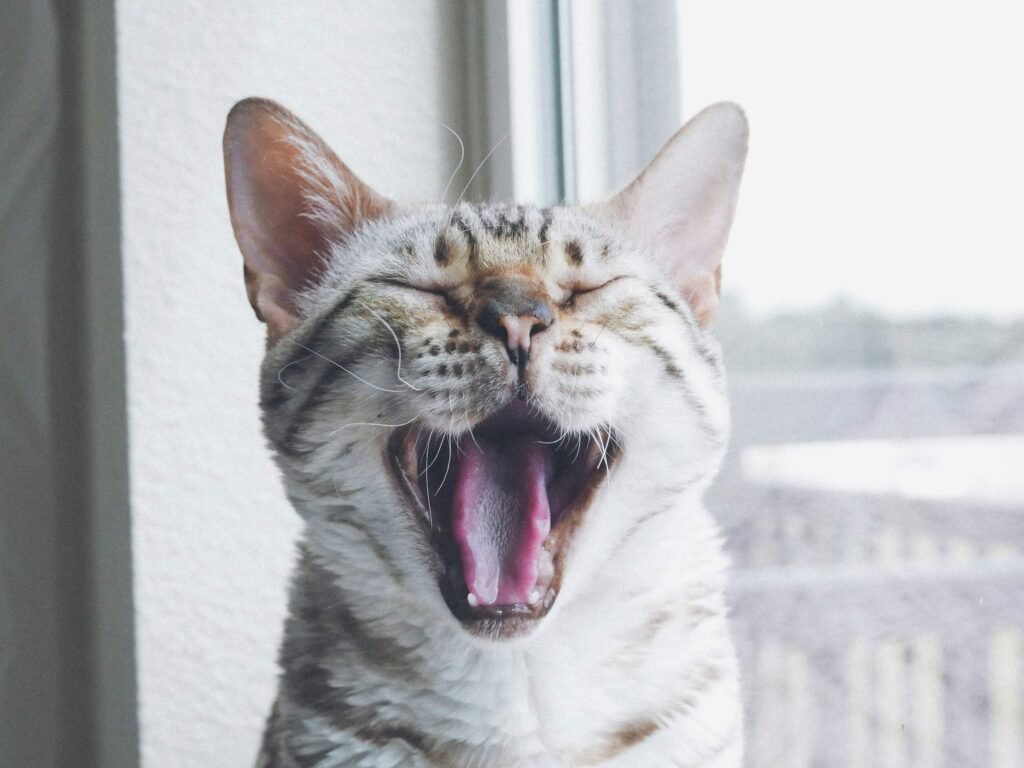
Signs of Healthy Gums | Signs of Unhealthy Gums |
|---|---|
Light pink color | Red, swollen, or pale gums |
Moist and hydrated | Dry or cracked gums |
Smooth and even texture | Bumps, sores, or lesions |
No foul odor | Persistent bad breath |
Quick capillary refill time | Slow or absent refill response |
Tips for Maintaining Healthy Cat Gums
Prevention is always better than cure when it comes to your cat’s oral health. Here are some practical tips to keep your cat’s gums in top condition:
Regular Dental Check-Ups
Schedule annual or biannual visits to the vet for professional cleanings and oral exams.Brush Their Teeth
Use a cat-safe toothbrush and toothpaste to gently brush their teeth and gums at least 2-3 times a week.Provide Dental Toys
Offer toys designed to reduce plaque and tartar buildup while keeping your cat entertained.Monitor Diet
Feed high-quality food that supports oral health, and avoid excessive sugary treats.Watch for Behavioral Changes
Changes in eating habits, drooling, or pawing at the mouth can indicate gum discomfort.
With consistent care and attention, you can significantly reduce the risk of gum-related issues in your cat.
How Diet Impacts Your Cat’s Gum Health
Your cat’s diet plays a pivotal role in maintaining healthy gums and preventing dental problems. Here’s how nutrition influences their oral health:
Dry Kibble vs. Wet Food
Dry food can help scrape away plaque, while wet food provides hydration but may stick to teeth if not balanced properly.Specialized Dental Diets
Some brands offer kibble specifically designed to reduce tartar and promote gum health.Avoid Sugary Treats
Sugary snacks contribute to plaque formation and increase the risk of gum disease.Include Natural Chews
Natural chews like freeze-dried chicken or dental sticks can help clean teeth and massage gums.Hydration Matters
Proper hydration supports saliva production, which naturally cleanses the mouth and protects gums.
A balanced diet tailored to your cat’s needs can go a long way in preserving their gum health and overall vitality.
Signs of Gum Disease in Cats
Gum disease is one of the most common oral health issues in cats, but spotting it early can prevent further complications. Here are some telltale signs that your cat may be suffering from gum disease:
Bad Breath (Halitosis)
Persistent foul-smelling breath is often the first sign of bacterial buildup in the mouth.Receding Gums
Gums that appear to pull away from the teeth may indicate advanced periodontal disease.Loose Teeth
Teeth that wiggle or fall out are a clear sign of severe gum deterioration.Difficulty Eating
Reluctance to eat or chewing on one side of the mouth can signal pain caused by gum disease.Excessive Drooling
Unusual drooling may indicate irritation or infection in the gums.
Recognizing these symptoms early can help you address gum disease before it leads to more serious health problems.
Benefits of Regular Oral Care for Cats
Incorporating regular oral care into your cat’s routine offers numerous benefits beyond just healthy gums. Here’s why consistent dental hygiene is so important:
Prevents Pain and Discomfort
Regular care reduces the risk of painful conditions like gingivitis and tooth decay.Improves Overall Health
Good oral hygiene lowers the risk of bacteria entering the bloodstream and affecting vital organs.Saves on Vet Bills
Preventive care minimizes the need for costly dental procedures down the line.Strengthens the Bond with Your Cat
Handling your cat’s mouth during brushing or check-ups builds trust and familiarity.Extends Lifespan
Cats with healthy gums and teeth often live longer, healthier lives.
By prioritizing oral care, you’re not only protecting your cat’s gums but also enhancing their quality of life.
Natural Remedies to Support Cat Gum Health
If you’re looking for natural ways to support your cat’s gum health, there are several safe and effective options to consider. Here are some remedies that can complement professional care:
Coconut Oil
A small amount of coconut oil rubbed on the gums can have antibacterial and soothing properties.Parsley or Mint Leaves
Adding a tiny bit of fresh parsley or mint to their food can help freshen breath naturally.Bone Broth
Bone broth provides nutrients that support gum and tooth strength while keeping your cat hydrated.Probiotics
Probiotic supplements can promote a healthy balance of bacteria in the mouth and gut.Herbal Mouth Sprays
Cat-safe herbal sprays can help reduce plaque and inflammation when used as directed.
While these remedies can be helpful, they should never replace professional veterinary care but rather serve as supportive measures.
Frequently Asked Questions About Healthy Cat Gums
How often should I check my cat’s gums?
Aim to check your cat’s gums at least once a month or whenever you notice changes in behavior.
Can I use human toothpaste for my cat?
No, human toothpaste contains ingredients that are toxic to cats. Always use cat-safe products.
What causes pale gums in cats?
Pale gums can result from anemia, shock, or internal bleeding, requiring immediate veterinary attention.
Is gum disease common in cats?
Yes, periodontal disease is quite common, especially in older cats, making regular care essential.
Are certain breeds more prone to gum issues?
Brachycephalic breeds (e.g., Persians) may have a higher risk due to crowded teeth and dental structure.
Final Thoughts: Prioritizing Your Cat’s Gum Health
Healthy cat gums are a window into your feline’s overall health, and maintaining them requires vigilance and care. By staying informed about the signs of healthy and unhealthy gums, adopting preventive measures, and providing a balanced diet, you can ensure your cat enjoys a lifetime of comfort and vitality. Remember, your cat relies on you to advocate for their well-being, and paying attention to their gums is one of the simplest yet most impactful ways to do so. With love, dedication, and proactive care, you can give your furry companion the gift of excellent oral health—and a happier, healthier life.
Giardia in Cats: Best 7 Expert Tips! Discover expert advice on identifying, treating, and preventing giardia in cats to ensure your feline stays happy and healthy.
Cat Hyperventilating: Best 7 Expert Tips! Discover signs, causes, and solutions for cat hyperventilation. Learn how to calm your cat and when to seek veterinary care for their breathing issues.
Anemic Cat Gums vs Normal: Best 7 Expert Tips! Learn to spot signs of anemia in cats, understand gum health, and ensure your feline stays happy and healthy with expert advice.
Himalayan Cat Size: Best 7 Expert Tips! Discover expert advice on Himalayan cat size, growth factors, care tips, and how to ensure your feline stays healthy and happy.

